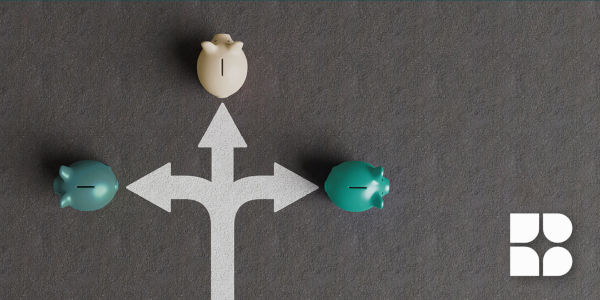Pick a budget for your personality

Last week’s post on overcoming budget objections touched briefly on types of personal budgets. Today, we’ll dig deeper into these strategies so you can find the one that fits your personality and lifestyle.
Let’s go!
Traditional Budget
The traditional budget is the most basic type. It involves tracking all your income and expenses over a set period, typically monthly. This can be good for beginners since it is relatively easy to understand and implement. There is no shortage of free tools to set one up either. And it’s the ultimate in control. A traditional budget lets you closely monitor every aspect of your spending so you can see where your money is going and adjust as needed. It is time-consuming, though. And it’s easy to adopt a very rigid mindset, making it hard to enjoy the benefits and flexibility personal budgets can provide.
Zero-Based Budget
Popularized by Dave Ramsey, this is the first cousin of traditional budgeting. This approach puts every dollar of your income into specific categories. And at the end of the selected time frame (again, usually monthly), it ensures your total income minus expenses equals zero.
The best part of this budget is it lets you prioritize your spending. You learn what is necessary in your life and what is simply nice. And because you place a value on each category, you learn what is most important in your life. In doing so, you learn to minimize what you determine to be wasteful spending.
But all that soul-searching can be a little complex, especially if you are budgeting with another person. You’ll have to learn the art of compromise and be empathetic.
Envelope Budget
This budget plan has been around since, well, envelopes! The basic idea is to categorize your budget into actual envelopes and put the cash you need into each.
Once that cash is spent for the selected time frame, that’s it. No more spending in that category unless you move money from another envelope.
The envelope budget is good when you want to instill some discipline in your spending habits. It can be used in conjunction with other budgets, too.
So, let’s say you do fine with the grocery budget but with the clothing budget—not so much. You could continue to use a debit or credit card for groceries. For clothing, you could pull in cash what you want to spend each month and put it in an envelope. And when the money is gone, it’s gone. And that tangible act of handing over cash at the point of purchase influences how you spend.
The downside to this budget is that it can be very inconvenient, and security risks are involved in carrying large amounts of cash.
50/30/20 Budget
The 50/30/20 budget allocates your income into three broad categories: 50% for needs, 30% for wants, and 20% for savings and debt repayment.
This is a good one for busy people or those who want a looser approach to budgeting. And it is very easy to understand and implement.
However, it may not provide the granular detail needed to meet spending goals or make lifestyle adjustments that could positively impact your finances.
The Bottom Line
The type of budget you choose should mirror your personality, your goals, and your lifestyle. There’s no one perfect budget, so the ones listed here can be mixed and matched to meet your preferences.
And each one has a personal finance expert to help guide you. The key is to start researching, get some guidance, and start down the path to the peace of mind a budget can give.